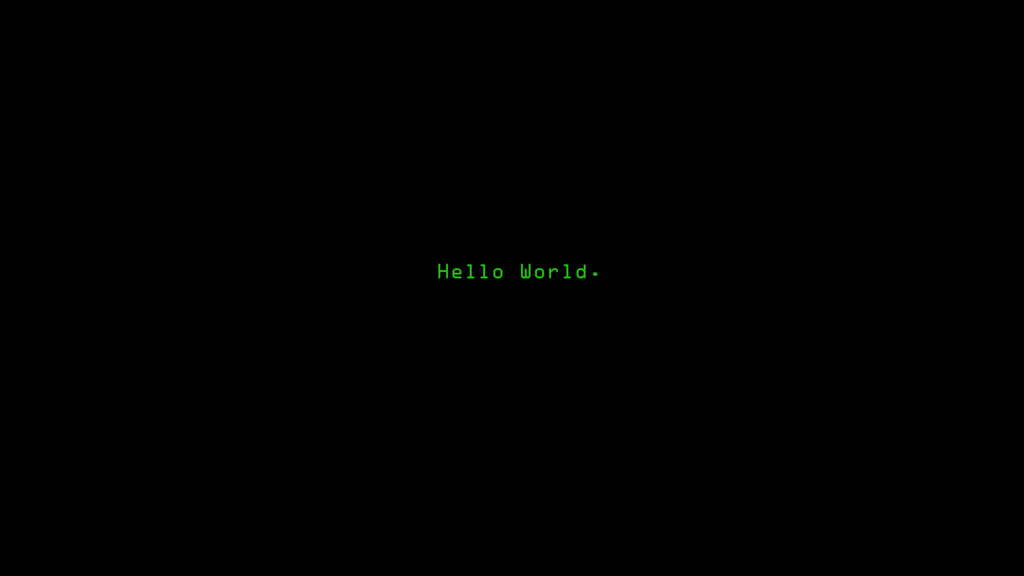Hello fellow Linux enthusiasts!
As many of you know, Linux can be a powerful and flexible operating system, but it can also be daunting for new users, especially when it comes to securing their systems. With the abundance of information available online, it’s easy to get overwhelmed and confused about the best practices for firewall configuration and basic security.
That’s why I reaching out to the Linux community for help. I am looking users who are willing to share their expertise and write a comprehensive guide to Linux firewall and security.
The goal of this guide is to provide a centralized resource that covers the following topics:
Introduction to Linux firewalls (e.g., firewalld, ufw, etc.)
Understanding basic security principles (e.g., ports, protocols, network traffic)
Configuring firewalls for various scenarios (e.g., home networks, servers, VPNs)
Best practices for securing Linux systems (e.g., password management, package updates, file permissions)
Troubleshooting common issues and errors
Advanced topics (e.g., network segmentation, SELinux, AppArmor)
I am looking for a well-structured and easy-to-follow guide that will help new users understand the fundamentals of Linux firewall and security, while also providing advanced users with a comprehensive resource for reference.
If you’re interested in contributing to this project, please reply to this post with your experience and expertise in Linux firewall and security. We’ll be happy to discuss the details and work together to create a high-quality guide that benefits the Linux community.
Thank you for your time and consideration, and im looking forward to hearing from you!


Installation of OpenWRT from stock depends on the device. Some devices are more involved than others.
Updates are not automatic, and they require planning with some down time. The process is backup settings, update wiping out settings, reapply settings by uploading backup.
I do not install packages. That leads even more horribly complicated updates. I don’t recommend using anything that isn’t in the stock image.
LuCI is serviceable. It’s not pretty, or the most intuitive, but it works.
OPNsense is better if you have the x86 hardware around to run it.
Thanks! So its a bit like Docker images, why doesnt it save settings? This sounds pretty horrible, shouldnt network hardware always be updated automatically?